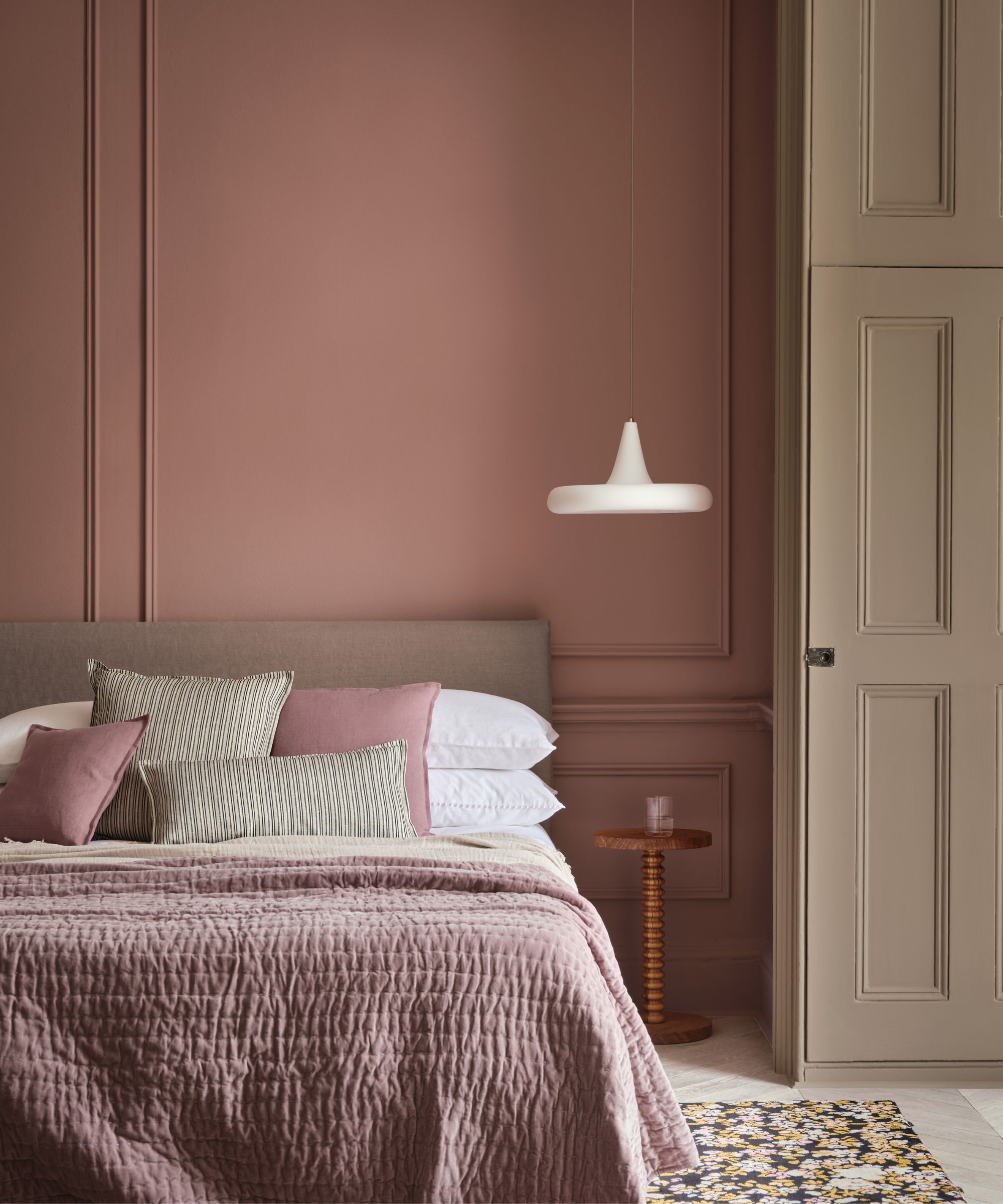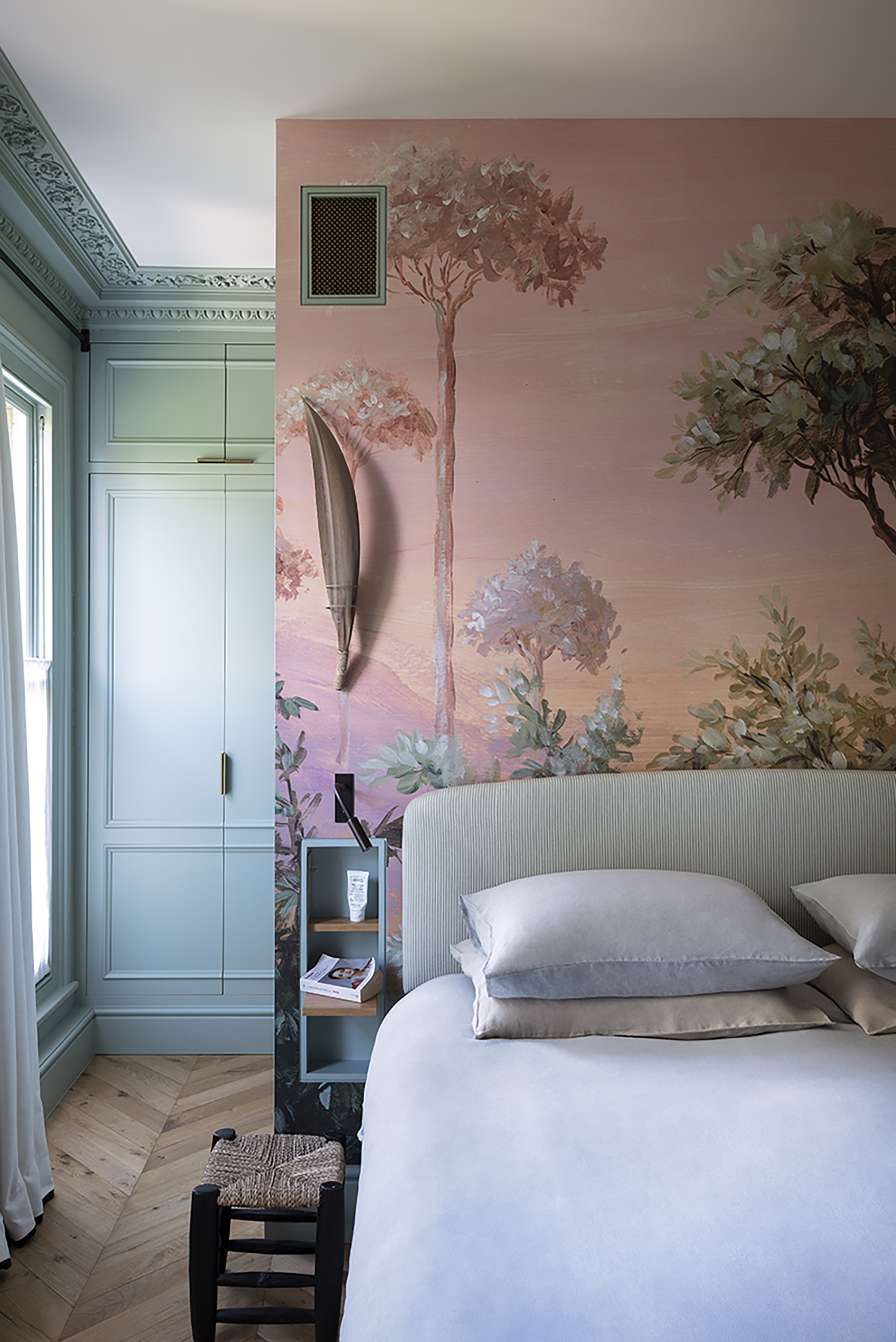How often should I change my pillow? The advice experts follow for healthy sleep
Is your pillow past its lifespan? Here's why changing your pillow matters – and when it's time to make a new investment


Admittedly, it's easy to go months (or even years) without asking the question: how often should I change my pillow?
While you may have found the best pillow to help you sleep better, your pillow will only maintain its shape and comfort levels for so long. Depending on your pillow's type, it can be necessary to reinvest after only one year – and forgetting to do so can have an impact beyond your bedroom's aesthetic.
You will probably know that your best mattress is vital to getting a good night's sleep, but experts warn that pillows, and the condition they are in, are just as significant. As Karen Yu, a marketing and product strategy manager at Zinus, explains, the quality of your pillow can have a huge impact on your health and sleep quality.
How often should I change my pillow?
'Pillows form an important part of our sleep routine. While there are many different designs to choose from, their primary function is to promote healthy alignment of the head, neck, and spine,' Karen explains. 'However, even the best pillows can lose their effectiveness over time.'

So, how often should you change your pillow? Typically, you should do so every two years, but the answer can depend on your chosen material.
'If you use the same pillow all year round, we would advise changing pillows every one to two years to ensure that the pillow gives you the correct level of support, however the better the quality of the pillow, the longer it will last,' says Danielle Mason, the head of product development at The Fine Bedding Company.
While the general rule may be to change your pillow every one to two years, some materials do tend to last longer than others. Pocket sprung, memory foam, Geltex, hollow fiber, natural, wool, and bamboo pillows all have an effective lifespan of around one to two years – but latex can last up to five years. If you have medical-grade foam, the experts recommend checking with your manufacturer, as the lifespan can differ.

How do you know when you need a new pillow?
'There are a few things to look out for which will indicate when you need an update, including neck pain, interrupted sleep, an increase in allergic reaction or breakouts, or ultimately the pillow being uncomfortable,' warns Danielle Mason, the head of product development, at The Fine Bedding Company.
If you find your pillow is ruining your sleep quality, it may be a sign that it is tired and will therefore need replacing. However, you may also need a new pillow if you notice a lack of fluffiness or if it makes you sneeze (as many materials attract dust which can get trapped in the material and cause build-up over time).
Alternatively, Karen Yu shares that you test your pillow with a fold test. 'For most pillows, there's an easy test you can try to determine if they're still in good condition,' she says. 'Fold your pillow in half and hold for about 30 seconds. When you release it, the pillow should return to its normal shape. If it doesn't spring back, then it's time to shop around for a new one.'

You should wash your pillow two to three times a year, expert Danielle Mason from The Fine Bedding Company says. However, she notes that knowing how to wash a pillow correctly does differ, depending on the type of pillow you have.
'A natural pillow with a feather filling, for example, requires extreme care when washing, so we would advise specialist cleaning for this,' Danielle says. 'A synthetic pillow, on the other hand, is easier to care for and can be washed at home at 140°F to ensure it kills dust mites. A specialist pillow with memory foam can also be washed at home.'
Sign up to the Homes & Gardens newsletter
Design expertise in your inbox – from inspiring decorating ideas and beautiful celebrity homes to practical gardening advice and shopping round-ups.

Megan is the Head of Celebrity Style News at Homes & Gardens, where she leads the celebrity/ news team. She has a history in interior design, travel, and news journalism, having lived and worked in New York, Paris, and, currently, London. Megan has bylines in Livingetc, The Telegraph, and IRK Magazine, and has interviewed the likes of Drew Barrymore, Ayesha Curry, Michelle Keegan, and Tan France, among others. She lives in a London apartment with her antique typewriter and an eclectic espresso cup collection, and dreams of a Kelly Wearstler-designed home.
-
 Do cleaning products expire? Professional cleaners warn time could make them ‘less effective, and in some cases, irritating to use’
Do cleaning products expire? Professional cleaners warn time could make them ‘less effective, and in some cases, irritating to use’For the best results, it pays to stay on top of the timeline of your cleaning products
By Chiana Dickson Published
-
 7 of the best tomatoes for growing in pots - expert growers pick their top varieties ideal for large harvests from containers
7 of the best tomatoes for growing in pots - expert growers pick their top varieties ideal for large harvests from containersYou can enjoy bumper homegrown harvests in small spaces
By Drew Swainston Published
-
 7 dorm room organizing rules for less clutter and more space
7 dorm room organizing rules for less clutter and more spaceExperts offer their top tips for creating a well-organized dorm room, no matter the size, space, or layout.
By Ashley Chalmers Published
-
 How to maximize storage in a small or shared dorm room, according to pro organizers
How to maximize storage in a small or shared dorm room, according to pro organizersFind out all the hidden storage zones you might never have noticed
By Ashley Chalmers Published